Annika Sorenstam Exclusive - "The Women's Game Is Evolving"
Annika Sorenstam tells us how a burning desire to improve helped her dominate the women’s game for more than a decade
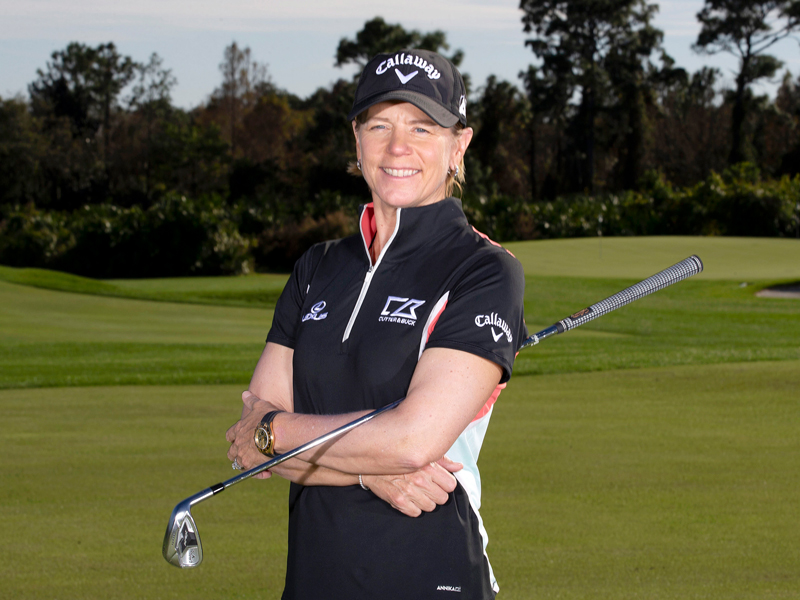
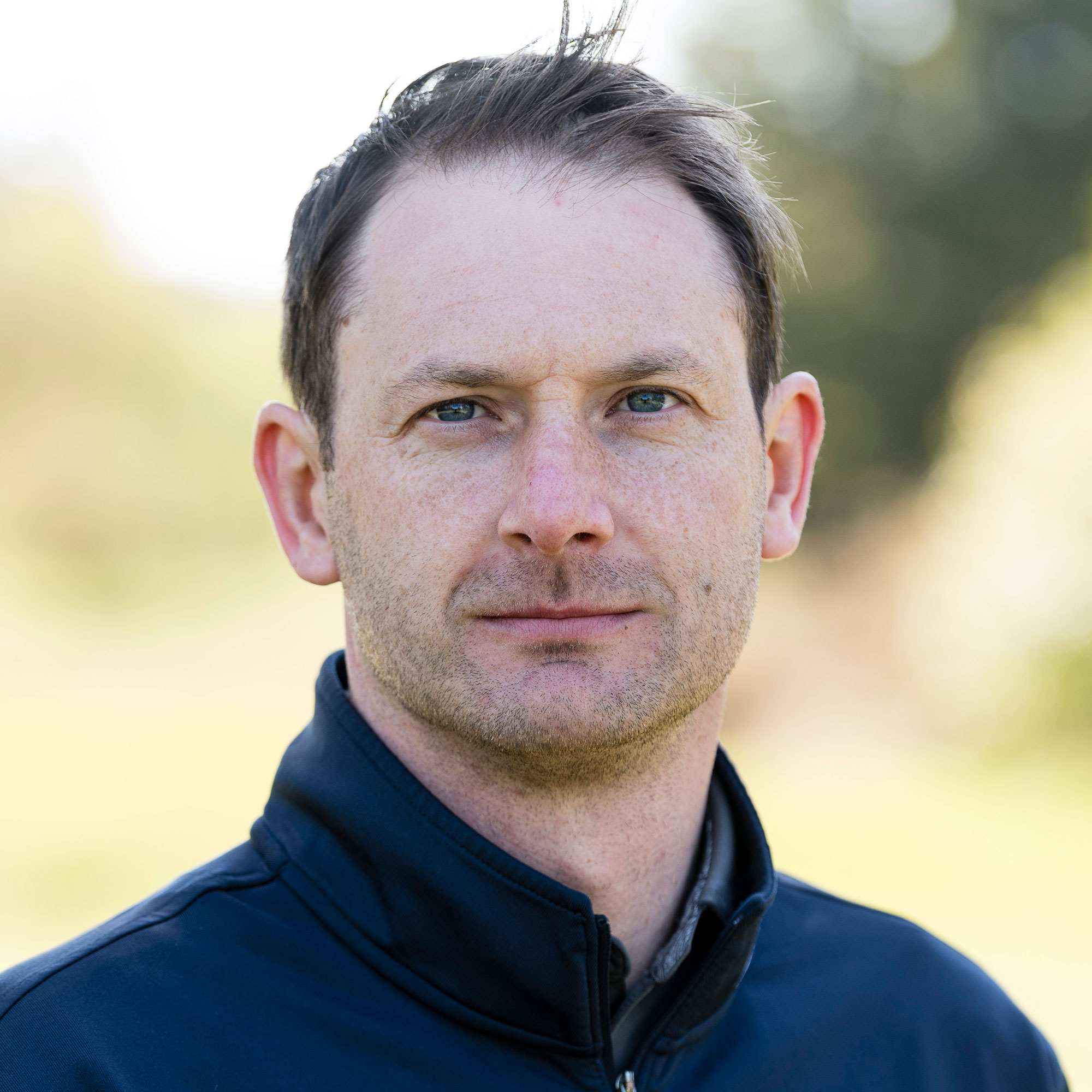
Annika Sorenstam tells us how a burning desire to improve helped her dominate the women’s game for more than a decade
Annika Sorenstam Exclusive - "The Women's Game Is Evolving"
It’s hard to believe, but Annika Sorenstam once feared winning. For a ten-year period starting from the mid-90s, she was the dominant force in women’s golf, the face of the game.
The fiercest of competitors, she amassed 72 LPGA Tour titles, including ten Major Championships.
There was a time, however, when she would intentionally finish second. “Painfully shy” is how she describes her old self during her years playing junior events, which is why she’d do anything to avoid giving an acceptance speech.
In the end, her desire to be the best proved too powerful. Coming second wasn’t going to work. How many speeches she’s now given is anyone’s guess – a great many, let’s say.
Victory ones, award ones, captain’s ones – they come with the territory when you’re a global icon and one of the game’s greats.
Get the Golf Monthly Newsletter
Subscribe to the Golf Monthly newsletter to stay up to date with all the latest tour news, equipment news, reviews, head-to-heads and buyer’s guides from our team of experienced experts.
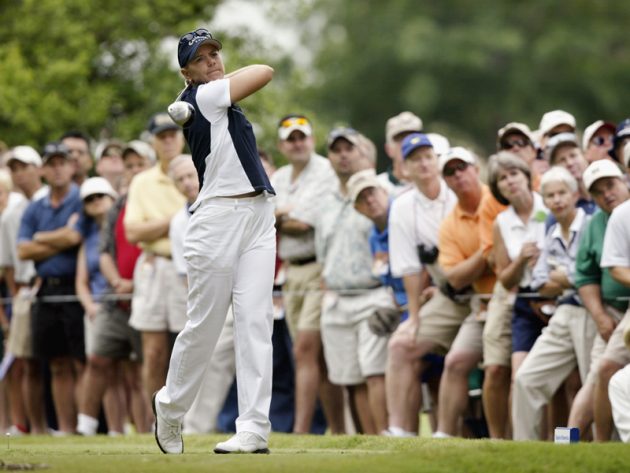
It’s been 12 years since Sorenstam left the competitive arena. These days, there may be fewer victory speeches, but she’s never been busier.
Family life, corporate responsibilities, her foundation, course design, clothing design... there aren’t many spare hours in the day. This is how she likes it, and she’s just as driven as she was on the golf course.
When Sorenstam, now 49, stepped away from tournament golf, she was 38 years old and still number two in the world, but she holds no regrets whatsoever.
“I’m lucky. I have a lot of different things that I do,” says Sorenstam, whose biggest golfing thrill now comes from playing with her husband and two children.
“The variety keeps me engaged, it keeps me excited. I’m involved in the game on different levels and I enjoy that. There’s no doubt that family is my number one priority, but I enjoy going out and doing a few things.”
Standout moments
At the peak of her powers, her main competition was with the record books. Only Kathy Whitworth (88) and Mickey Wright (82) have more LPGA Tour wins.
The last of her ten Majors – the fourth most of all time – came at the US Open in 2006, the same year she became the first official women’s World No.1.
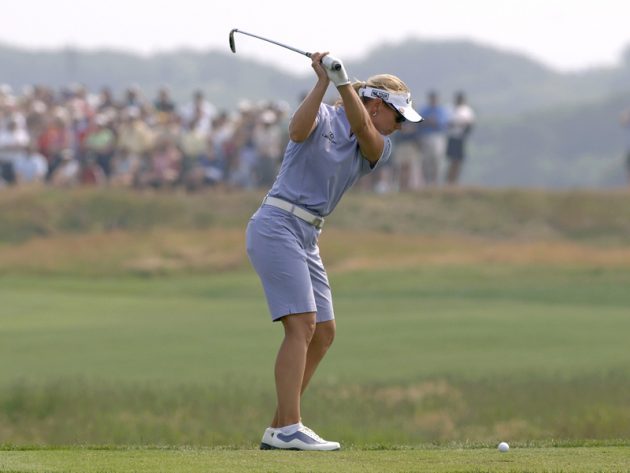
This is a brief summary; her list of records is endless. No wonder it’s hard to pick a standout achievement.
“If you only had to say one, then I would pick the World Golf Hall of Fame,” she says. The Swede was inducted in 2003, the same year she completed the Career Grand Slam.
It’s a struggle to narrow down a top three; there have simply been too many memorable moments. How about a top five, then?
“There’s no doubt that playing with the men in 2003 [Colonial, PGA Tour] was a highlight,” she adds.
“Shooting 59 [Standard Register Ping] in 2001 was a highlight, and then when I won my last Major, my third US Open and my tenth Major in Rhode Island in 2006. Then you go back to when I played the 1995 US Open at Colorado Springs, to win my first Major – that was so cool. I’m so lucky I’ve got so many fun things that I can go back to and think of, and I’m very thankful for that.”
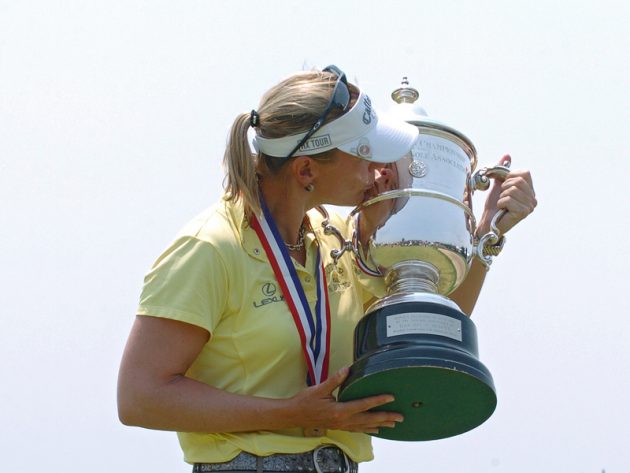
It was some career. For more than a decade, her rivals could only hope for some off days. These were rare.
In 2002, she recorded 19 top-five finishes in 23 events. This was not a freak season.
In 2005, she won ten of the 20 tournaments she entered. Sorenstam made winning look easy. She was ruthless, to the point where she was often labelled as ‘cold’. It’s quite at odds with how she was off the course. On it, though, she was out there to do a job – to win.
Total commitment
“That’s just my mentality,” she says matter-of-factly. “If I’m into something, I give it 100%.” That constant striving to improve was the driving force behind all that success. It’s how the very best in the game are programmed.
“As a young girl, I was intrigued by golf. It was a hard sport and I wanted to be better,” Sorenstam says. Growing up, she studied the greats: Seve, Greg Norman and Bernhard Langer – all male because at the time, there was very little women’s coverage.
When she went to the US to pursue her pro career, however, she could study a few new idols – Beth Daniel, Nancy Lopez, Rosie Jones and Dottie Pepper.
“I’ve been an observer of successful people for quite some time,” reveals Sorenstam, who was named LPGA Tour Rookie of the Year in 1994.
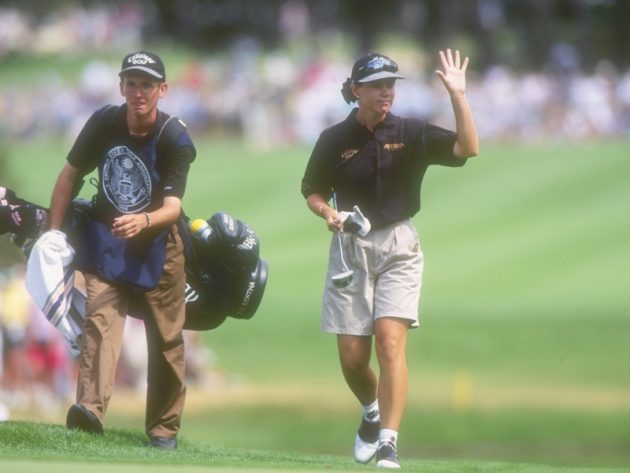
“When I joined the tour, I looked up to all those women. It wasn’t like there was one person I wanted to emulate. There were a lot of players with a lot of different skills that I admired. If somebody was good at something, I looked and I was like, ‘Wow, what can I learn from what she is doing?’
“I think there was always something that motivated me, whether it was the records or just being better. Once I got to the top, what motivated me then was the desire to be better, to find out how good I could be.
"How far could I push myself and get to that level that nobody else had been? I could put my name next to Patty Sheehan, Nancy Lopez and Pat Bradley. You start thinking about the legacy of your career. It’s like a rubber band – I wanted to push as hard as I could until I couldn’t get any better.”
A lasting legacy
In 2003, Sorenstam was invited to play in a PGA Tour event. She was curious to see if she could compete, so she accepted and put her reputation and the reputation of the women’s game on the line.
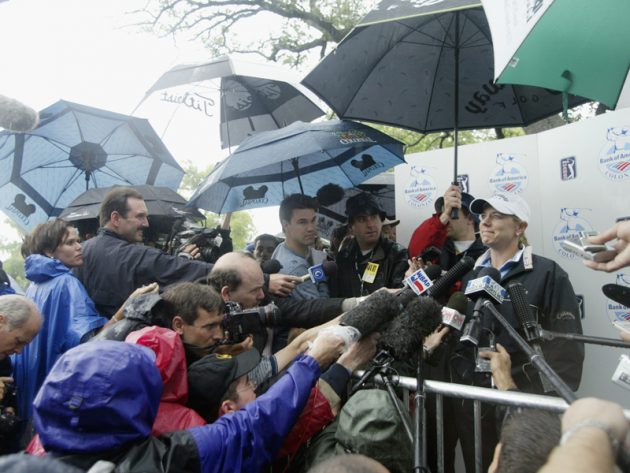
It was the first time in 58 years a female golfer had teed it up on the PGA Tour. Rounds of 71 and 74 meant she missed the cut, yet she left with her reputation enhanced.
“If I impacted any girl to come out here and watch golf and learn, and follow their dream... if it’s golf or if it’s singing or whatever, that’s wonderful,” she reflected.
This wasn’t about conquering the men’s game. It was about overcoming fear. There’s no doubting the positive impact it had for the game. Personally, it changed her, too. She left feeling stronger and more confident than ever.
A week later, she shot a 62 in the opening round en route to winning the Kellogg-Keebler Classic, her 44th LPGA Tour event. It was one of 23 wins in the next 30 months.
Sorenstam’s last LPGA Tour victory came at the Michelob Ultra Open at Kingsmill in 2008. In typical fashion, she left the field scrambling for the places, including new World No.1 Lorena Ochoa. Her -19 total was another record-setting performance.
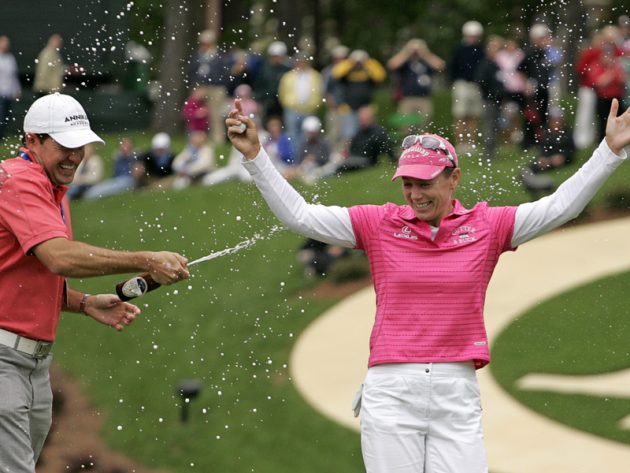
Then, just two days later, she announced that she would be stepping away from professional golf at the end of the year.
“I’m leaving the game on my terms,” she said. “I feel I achieved so much more than I ever thought I could. I am also very proud of women’s golf and the state it’s in today. I’m just very, very happy to have been part of it and had a chance to follow my dream. I love this game very much.”
That love of the game is obvious. Walking away for good was never on the agenda, and for all the business activities she’s now involved with, it’s the Annika Foundation that gives her the greatest buzz.
She’s actively involved in developing women’s golf around the world and encouraging children to lead healthy, active lifestyles.
“It’s nice to see a global game,” she says. “There’s no doubt the level of golf is getting better, whether it’s competition, working out, course conditions, mental aspects and all those things. The women’s game is evolving.”
Later this year, Sorenstam is due to receive the Presidential Medal of Freedom, America’s highest civilian honour, something which has left her feeling “overwhelmed”.
The awards and recognitions keep on coming. It’s likely she’ll need to prepare a speech for this one. That should not be a problem.
Don't forget to follow Golf Monthly on Facebook, Twitter and Instagram.

Michael has been with Golf Monthly since 2008. A multimedia journalist, he has also worked for The Football Association, where he created content to support the England football team, The FA Cup, London 2012, and FA Women's Super League. As content editor at Foremost Golf, Michael worked closely with golf's biggest equipment manufacturers and has developed an in-depth knowledge of this side of the industry. He's a regular contributor, covering instruction, equipment, travel and feature content. Michael has interviewed many of the game's biggest stars, including seven World No.1s, and has attended and reported on numerous Major Championships and Ryder Cups around the world. He's a member of Formby Golf Club in Merseyside, UK.
-
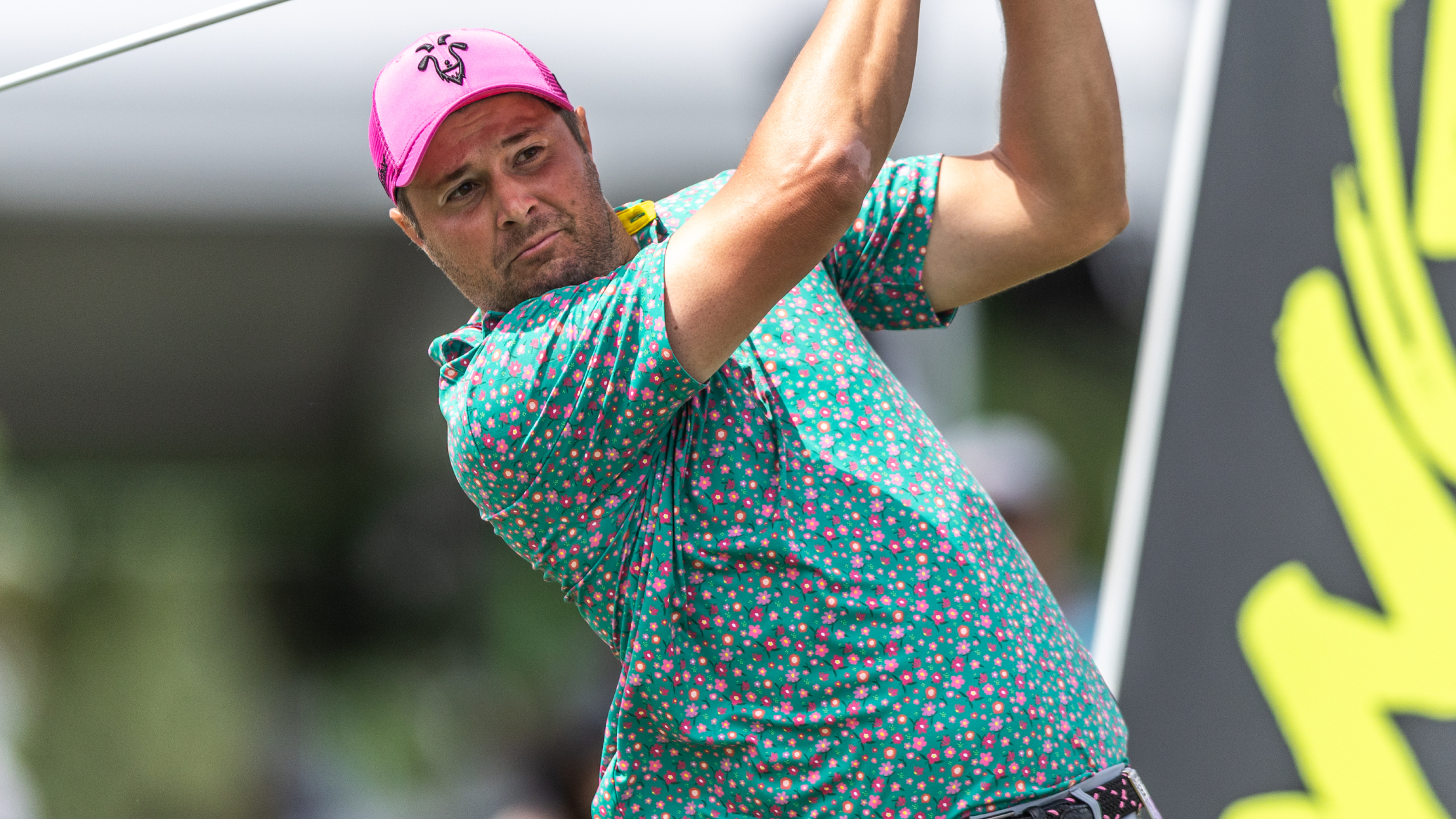 International Series Japan Prize Money Payout 2025
International Series Japan Prize Money Payout 2025The third of the Asian Tour’s elevated events comes from the Far East as several LIV Golf players compete
-
 Report: College Golf Stars To Make Pro Debuts At RBC Canadian Open
Report: College Golf Stars To Make Pro Debuts At RBC Canadian OpenGordon Sargent and Luke Clanton are reportedly set to make their first appearances as professionals at the RBC Canadian Open on the PGA Tour in June